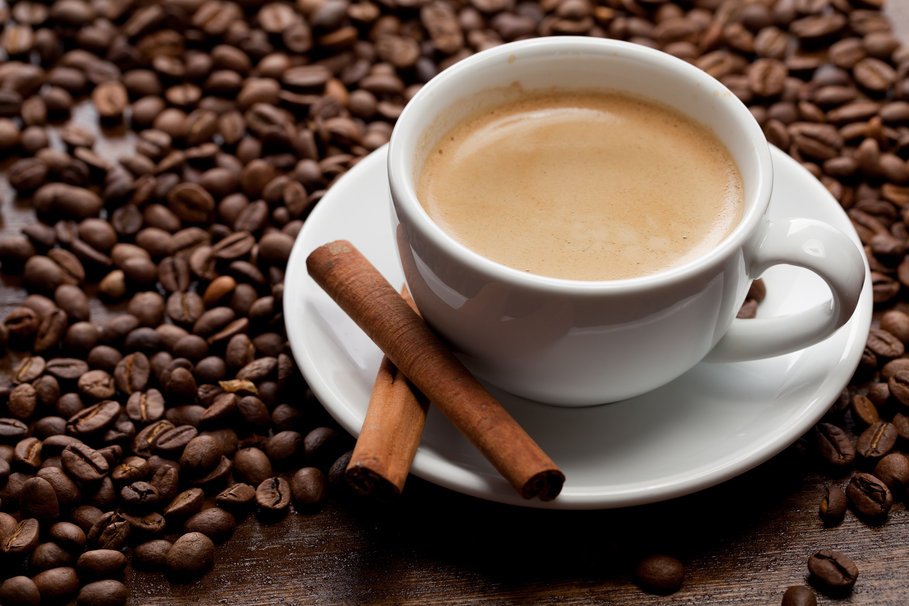Inside BENEO’s new pulse plant: pioneering sustainable protein from faba beans
Today with the onset of regulations being at the final stage for Nutraceuticals and Ayurceuticals the day is not too far that there will be lot more of synthetic Nutraceuticals that will come into the market as the plant kingdom may not be sufficient enough as organised farming is not a part of the whole chain culture of Nutraceuticals.
A few farming sectors in the globe such as for Aloe vera etc have been a success because of organised farming. But however with thousands of herbals, this sector is still lacking to give a sup- port to the Nutraceutical industry by the backup of organised farming to produce high quality herbals.
Therefore the tussle that may come in is quality supply and demand. This is where chemistry plays a major role and perhaps the single bio- active molecule as one isolates from natural sources and the same molecule is synthesised and is 100% pure then chemistry would tell there is no difference between the two (natural and synthetic) and they are identical and their biological activity is same and also the synthetic one perhaps is much cheaper and therefore afford- able to the masses.
Here is one example I would like to give and is that of Vanilla and Vanillin. The backward integration of Vanilla production jumped up all of a sudden couple of five years back but it crumbled down at the same speed ending up with suicides of farmers because the market also fell down. Lot of confusion was prevalent be- tween Vanilla, Vanillin and the curing of Vanilla pods which ended up with a long storage process of 180 days and as such infrastructure was not available. Hence the fall and slump in the demand of the market was too quick. What happened was, there was no holistic planning and investment.
The plants grew faster than the infrastructure and the money was counted before the chicks were hatched. Vanilla extract is allowed regulatory wise and Vanillin is also allowed in foods. When you look of Vanilla it is a group of molecules and the flavour that comes out is as a result of the group of molecules perhaps very similar to Basmati flavour even though the main predominant factor is 2-ace- tylpyrroline but the entire flavour is due to a host of series of molecules that gets liberated when Basmati rice is cooked.
However, when one adds Pandana leaf to normal rice while cooking which is practiced in the south west part of Karnataka one gets similar smell as that of Basmati rice. Of course Pandana leaf also has the ingredient of 2-acetyl-pyrroline! Does this mean that one can add synthetic 2 acetyl-pyrroline to normal rice and call it Basmati rice? Certainly not.
Therefore the finger print of some of the excipients and extracts which are well known for their preventive aspects of health must be preserved and contained and not reduce to a single molecule which will once again make it closer to drug and will have to follow perhaps same route.
Therefore it is very essential just like the difference between Vanilla being a group of molecules giving a fantastic flavour and taste, Vanillin being a single molecule can make a difference between the two in the sensory profiles. This is especially so when one scores and Vanilla was preferred even though Vanillin was purer!
The scoring of sensory profiles may be true for Vanilla but the scoring of health profile for Nutraceuticals and Ayurceuticals are equally important for extracts, excipients and other major way of making the bioactives available together so that the synergistic approach of these bioactives will ultimately work most of the times.
With due respect to individual molecules that may be certainly needed for scientific studies it is worth the rupee as we take it forward. But we must never forget that the holistic approach of using the entire leaf for example in the case of mint or coriander or curry leaf as against just a single molecule like menthol or ß-cymene or even ß-caryophyllene in curry leaf can be quite different than using the whole curry leaf itself.
So it is this aspect that has to be kept in mind and perhaps the future will emerge calling these groups of molecules as one ‘single group of ingredient’ called as Bionutraceuticals from each plant species. Does this mean that the other group will be called as Synthetic Nutraceuticals? I am sure that is not the purpose of this article but certainly we must look at a holistic approach and not forget it even though sometimes a single molecule is better than many small amounts of ingredients which may also sometimes act as inhibitors if not purified. Therefore it is the balancing power of pure Science and Chemistry and the balancing power of the traditional knowledge and traditional wisdom that will play the future role of these groups of molecules either alone or together.
We need to weigh them properly with a clear scientific basis before coming to any conclusions or labelling it as bio or synthetic or nature similar or nature alike or nature identical or biosimilars from biotechnology innovations and so on. This needs urgent harmonisation of terminologies to keep pace with the new regulations and to make the implementation for the regulators simple and more easy.

